
‘Code Red for Humanity’: Sinking Indian cities
The latest Intergovernmental Panel on Climate Change (IPCC) Report released on 9 August 2021 warns, “India will see increased heat waves and heavy rainfall events, while glaciers will melt further, along with more compound events from rising sea-levels like flooding.” The report further states “the unequivocal human influence has warmed the atmosphere, ocean, and land”. As per the report, “continued global warming is projected to further intensify the global water cycle, including its variability, global monsoon precipitation and the severity of wet and dry events.” The principle of a warmer world is that more water will be evaporated, which will exacerbate droughts, and this enhanced water in the atmosphere will increase the amount of rain when it does rain. Extreme rainfall intensifies by 7% for each additional 1 degrees Celsius of global heating, the IPCC report found. These findings have immense consequences for the urban centres of India as these will add to the existing pressures on infrastructure in cities including Water Supply and Sanitation (WSS), stormwater drainage, flood protection and associated loss of life, livelihood and property.
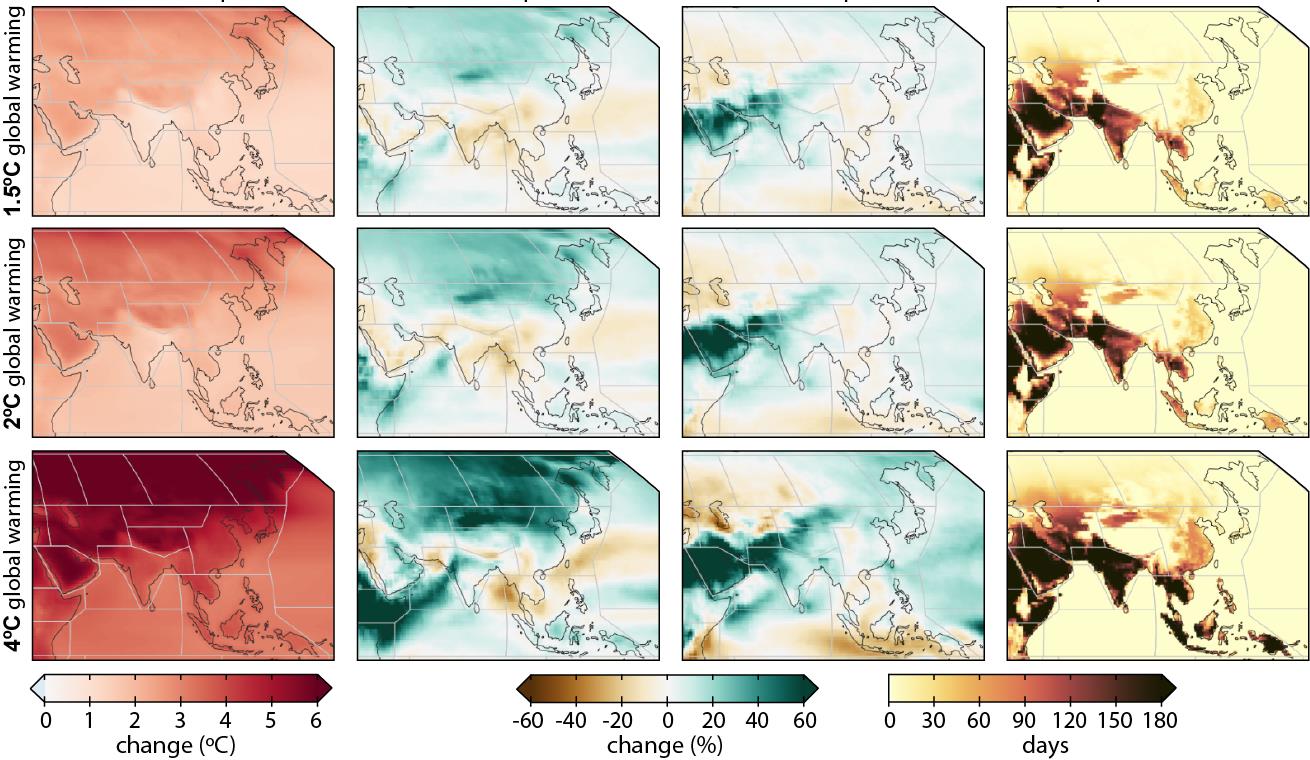
Over the last two decades, there has already been a steady rise in extreme weather events in India, which has led to loss of life and property. Financial losses, for example, from the Kerala floods in 2018 are estimated at USD 3.56 billion (INR 27,000 crore) and Chennai flood losses in 2015 are estimated around USD 3 billion (INR 22,000 crore).
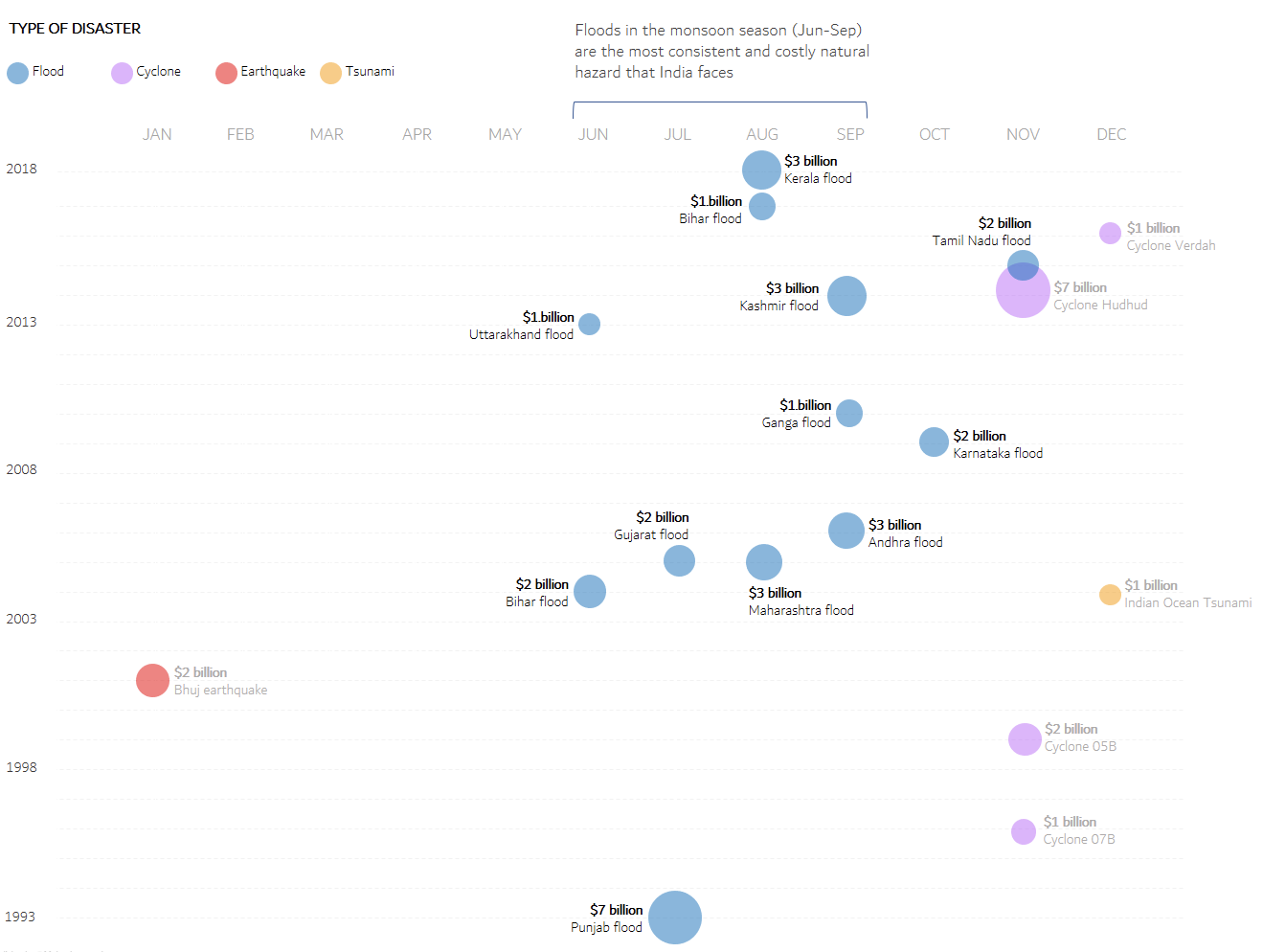
Climate Change and Water Cycle
In terms of urban water challenges, the first key finding of this report is that “climate change is intensifying the natural water cycle. This brings more intense rainfall and associated flooding, as well as more intense drought in many regions.” Seasonal rainfall variability is expected to increase, with fewer days of rainfall alongside increased intensity of downpours. Further, human settlements in glacier-fed river basins are of particular concern in a hot world. Such areas will likely to first face flooding (also avalanches and landslides) and then follow-on water scarcity as glaciers shrink or disappear due to climate change.
The IPCC report further states that “new evidence seen of the effect of local land use and land cover change on heavy precipitation (with) a growing set of literature linking increases in heavy precipitation in urban centres to urbanisation.” This can be already seen since 2015, with close to 100 million people exposed to extreme flooding events annually. Simultaneously yearly average of drought-affected districts in India increased 13 times in this period, exposing 140.06 million people. Due to micro climatic changes caused by rapid urbanisation, the pattern of extreme events such as flood-prone areas are becoming drought-prone and vice-versa has changed in over 40% of Indian districts.
Over the last few years, there is evidence of rapid climate change observed in Indian cities when heavy monsoon hit Bihar, Himachal Pradesh and Uttarakhand in July 2021 resulting in flooding and landslides.
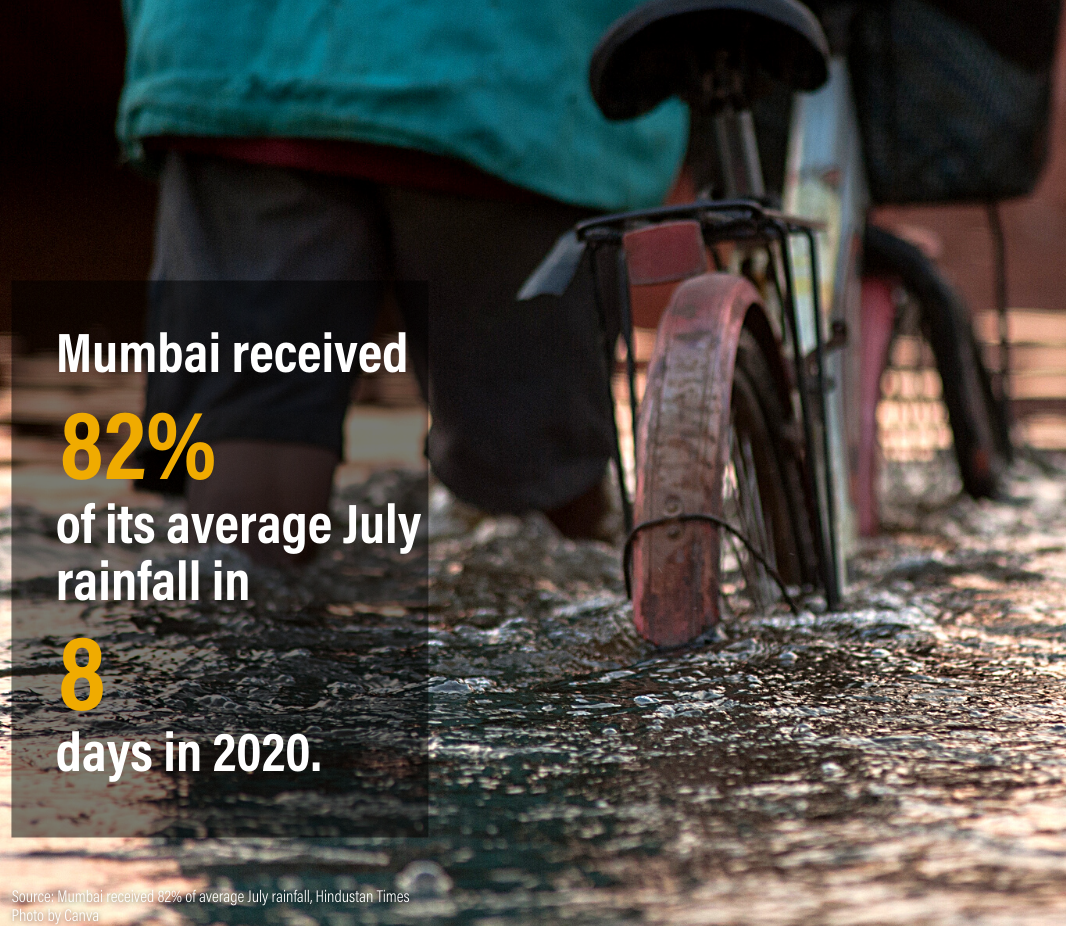
Sinking Coasts
The second key finding states that “the coastal areas will see continued sea level rise throughout the 21st century, contributing to more frequent and severe coastal flooding in low-lying areas and coastal erosion. Extreme sea level events that previously occurred once in 100 years could happen every year by the end of this century.”
India has one of the longest coastlines of 7,500 kilometres in Asia. According to the 2011 census, this length includes over 486 urban centres that are home to almost 41.7 million residents (more population than Australia and New Zealand put together). Due to global warming these coastal areas are projected to face a sea level rise of 0.1 metre to 0.3 metre in the next two to three decades according to the tool hosted on NASA’s Sea Level Portal. As per the tool, coastal cities such as Kochi, Mumbai, Chennai and Visakhapatnam will be impacted by sea level rise in varying degrees from 0.57-0.82 metres in 2100.
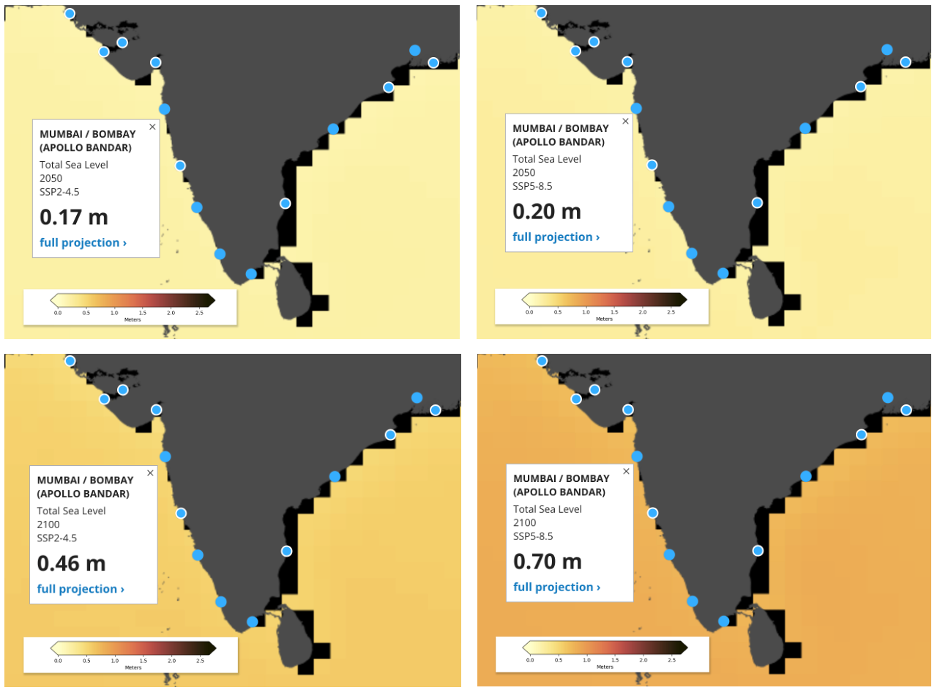
Urban Heat Stress
The third key finding highlighted by the report states rising temperature (crossing the global warming level of 1.5 degrees Celsius in the next decades) coupled with more frequent, intense and last long-lasting record-breaking temperatures (extreme temperature events) are leading to increased adverse urban heat stress impacts such as mortality, negative mental health and reduced physical work capacity and motor-cognitive performances. Heat-related adverse health impacts are projected to increase with increasing and frequent breach of physiological limits related to heat tolerance (survival) in coming decades. Climate change in conjunction with other megatrends such as population growth and ageing, urbanisation and socioeconomic development will either exacerbate or ameliorate heat-related hazards. Urban temperatures are further enhanced by anthropogenic heat from vehicular transport and heat waste from buildings.
The Lancet report estimates that 1.7 million deaths worldwide in 2019 were linked to extreme heat and cold (356,000 were related to heat).
India’s historically hot summers are being intensified by climate change, with deadly consequences. Severe heat waves in Indian cities could endanger the lives and health of people living in poorly ventilated, hot, crowded homes especially in low-income urban slum dwellers. In 2010, the city of Ahmedabad in Gujarat state suffered a record-breaking heat wave that killed more than 1,344 people.
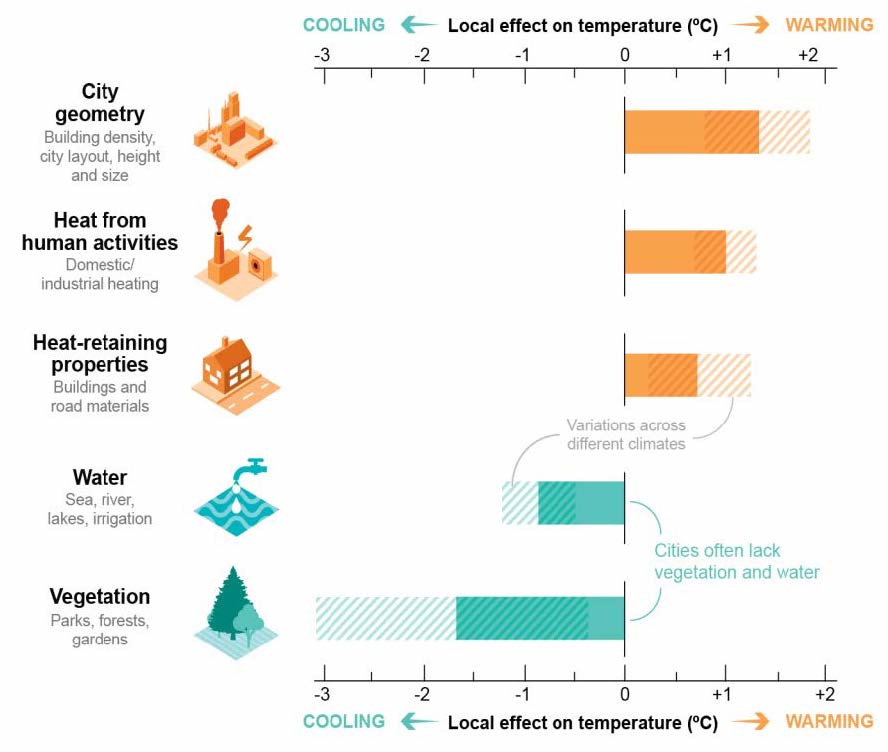
Compounding Vulnerabilities
The impacts of urbanization and climate change disproportionately impact the already disadvantaged demographics including women from vulnerable communities’ persons with disabilities, children and senior citizens thereby, exacerbates inequality and often leads to detrimental impacts to health and well-being, loss of livelihoods and lives. (Figure 2)
From the IPCC report, it is evident that climate change will have increasingly worse and unpredictable impacts on water systems with compounding risks related to livelihoods, economies, and health. These impacts on water systems are already bringing devastation to millions of people around the world, worsening poverty, disrupting societies and turning life into a daily struggle for some of the most vulnerable. This in turn will lead to increasing social and gender disparities in access to safe water and sanitation along with increasing household water stress (intermittent water supply, flooding and pollution) and water-related risks (health and safety). In this case, the most marginalized groups need to be protected within existing and proposed schemes, including measures to restore floodplains, remove dams and levees and retreat from zones subject to flooding or sea level rise.
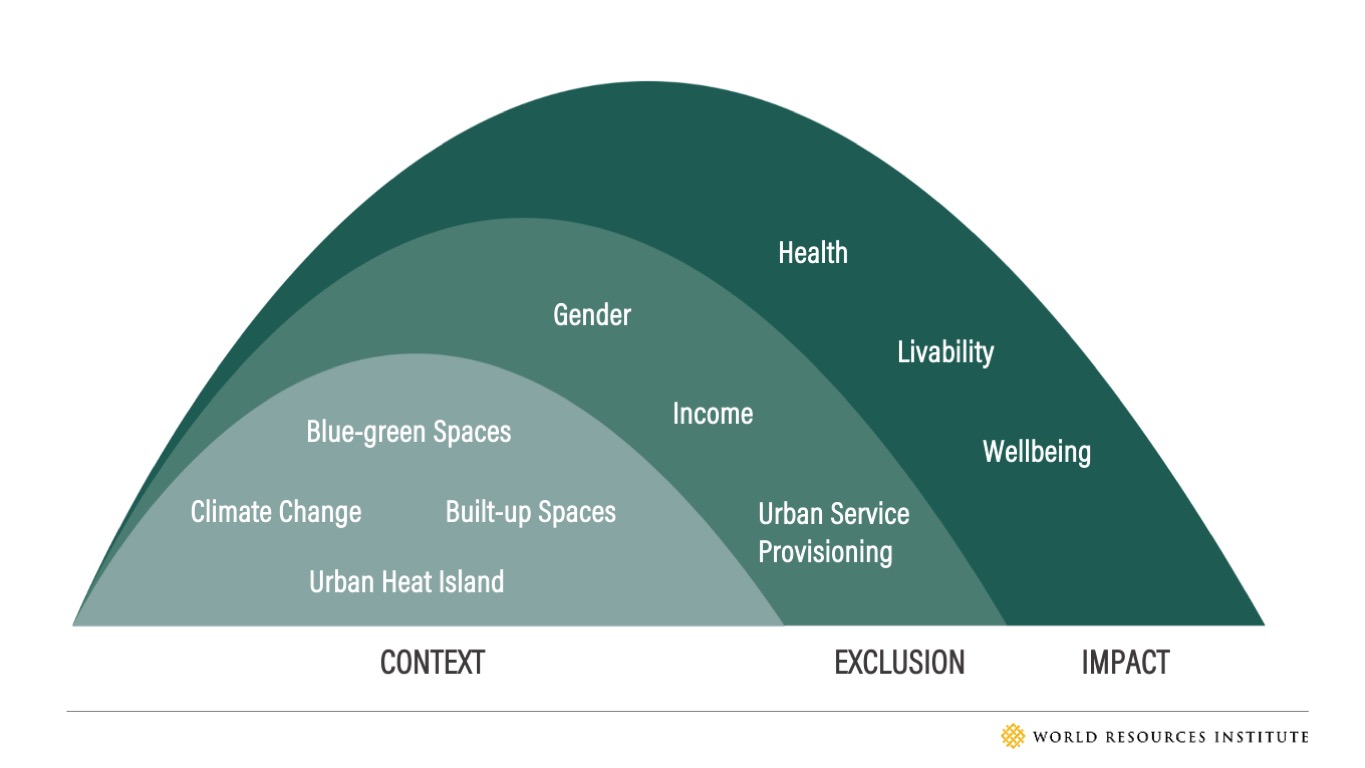
Facilitating the Road Ahead for Water Resilient City-Region
Without resilience to above-mentioned climate change driven water scarcity, flooding and heat stress risks, current urban growth patterns and water management will not be sustainable. Indian cities can provide new economic opportunities and better livelihoods only if they build resilient systems that are better equipped to handle such projected urban water and heat stresses. This warrants a paradigm shift from the status quo of water management as BAU (business-as-usual) water management practices will not be able to respond to this unprecedented increase in shocks and stress events.
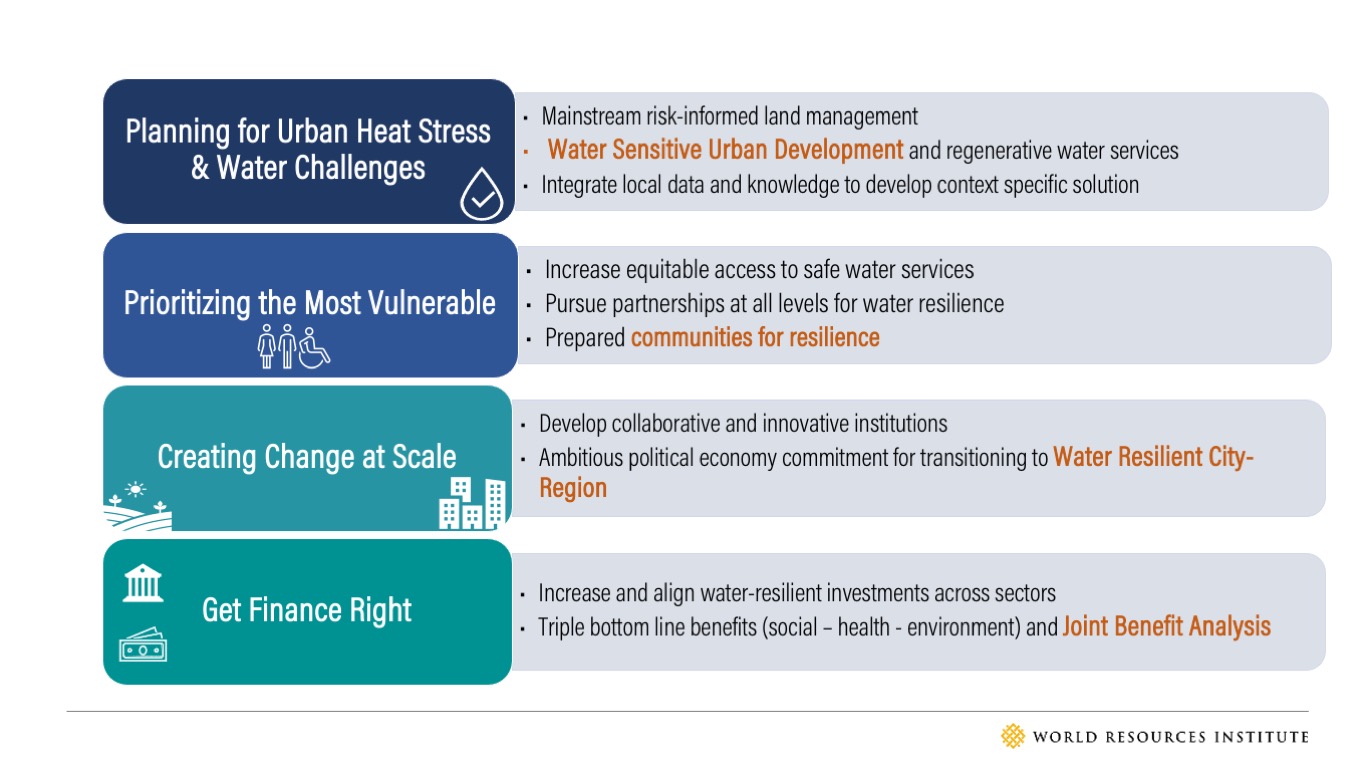
In the context of renewed climate change driven urgency, Indian cities should consider the following priority pathways that will facilitate an appropriate new approach for action. The new approach requires connecting the realities of urban water and heat stress with water/hydrologic cycle, watershed/catchment, cross-cutting urban issues, such as land use, equity, service provisioning infrastructure development, finance and governance. Indian cities must follow a proactive and dynamic urban water policy and decision-making process going forward by integrating the projected climate change driven water and heat risks with the current and future social and ecological developmental plans and actions.
Views expressed are the authors’ own.